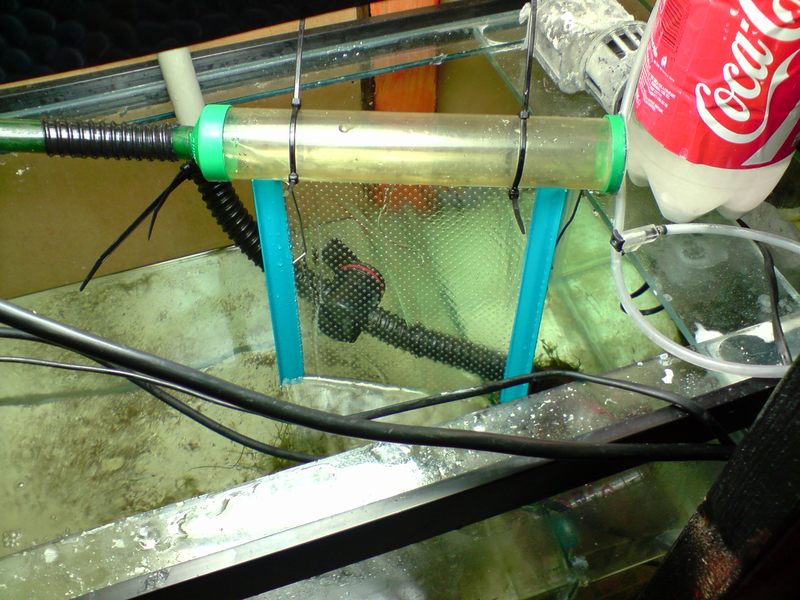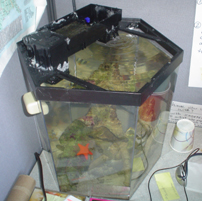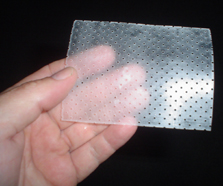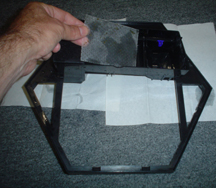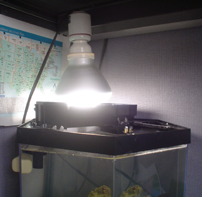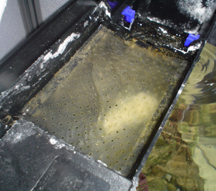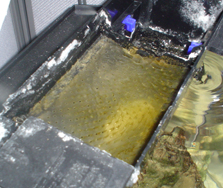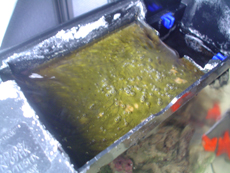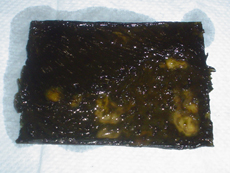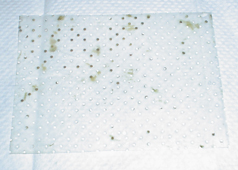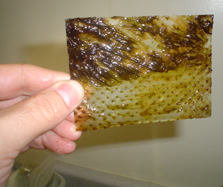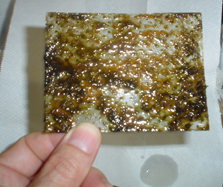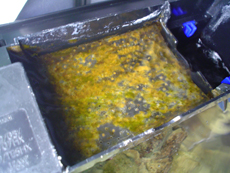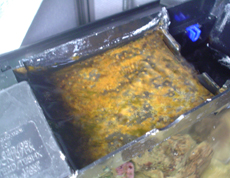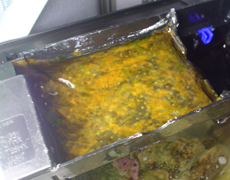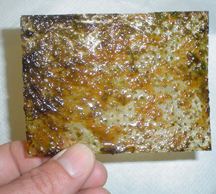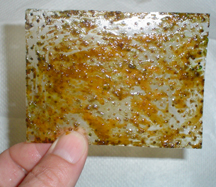santamonica
Member
Well it would be interesting to see what it would do to your 65g, in combination with your skimmer of course. It's a good and true point you make about oils and fats, but as with the arguments about DOC's, is there real and direct harm from them being in the water, like there is direct harm from phosphate? Also, being organics, I'm sure they can still be called "foods" just like they are foods to humans. Surely something must consume them to live.
I would just as soon remove as much waste as I can with a skimmer, before it breaks down, and allow the scrubber to get the residual amounts.
Yes but why not just let the food you put in circulate until consumed or decomposed? Don't worry about N and P... there won't be any. And since the food can circulate until decomposed, you can feed less (you are not feeding your skimmer).
by not removing any solid organics the stuff that remains HAS to accumulate some where, eventually you will hit the end capacity for the turf scrubber to handle the end results of nitrogen, and your nitrate and phosphate levels will start to climb.
Not sure I agree here. A pound of food will produce X amount of N, P, and inert leftover matter. Once that N and P are taken by the turf, the process starts back at zero; it does not continue from where it left off (it can't; the N and P have been removed.) The only thing collecting is the inorganic inert matter.... dust. As long as the RATE of feeding does not overload how fast the turf can grow, you will see no increase in N and P. If you did massive overfeeding and saw N and P rise, reduced feeding would allow the turf to catch up and N and P would be back at zero.
I would just as soon remove as much waste as I can with a skimmer, before it breaks down, and allow the scrubber to get the residual amounts.
Yes but why not just let the food you put in circulate until consumed or decomposed? Don't worry about N and P... there won't be any. And since the food can circulate until decomposed, you can feed less (you are not feeding your skimmer).
by not removing any solid organics the stuff that remains HAS to accumulate some where, eventually you will hit the end capacity for the turf scrubber to handle the end results of nitrogen, and your nitrate and phosphate levels will start to climb.
Not sure I agree here. A pound of food will produce X amount of N, P, and inert leftover matter. Once that N and P are taken by the turf, the process starts back at zero; it does not continue from where it left off (it can't; the N and P have been removed.) The only thing collecting is the inorganic inert matter.... dust. As long as the RATE of feeding does not overload how fast the turf can grow, you will see no increase in N and P. If you did massive overfeeding and saw N and P rise, reduced feeding would allow the turf to catch up and N and P would be back at zero.


